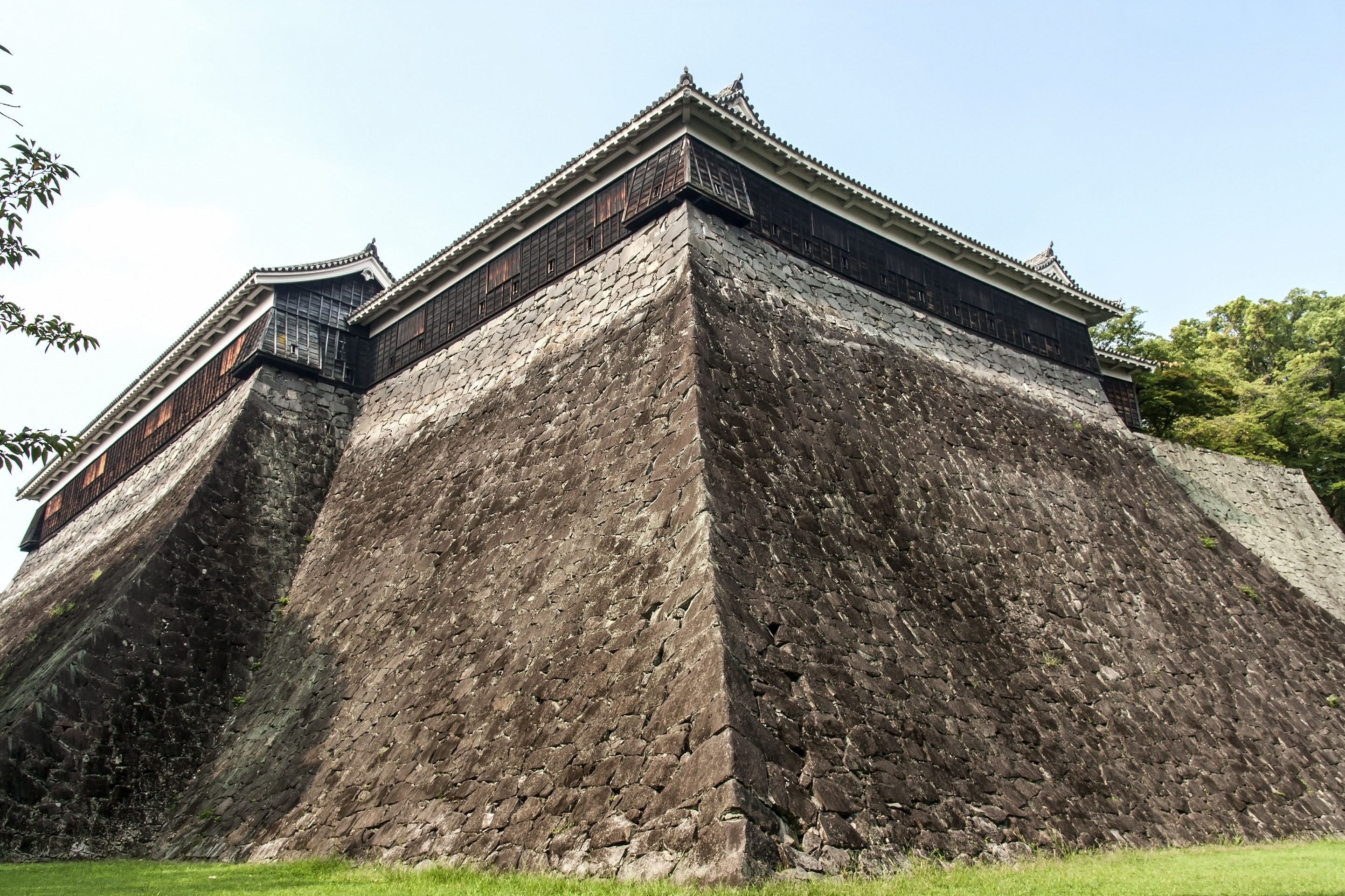In the spring of 1645 a man lay dying in Kumamoto, on the southern Japanese island of Kyushu. He sensed that his time was near, asked for someone to help him into a seated position and tucked his short sword into his belt. This way he could greet death with dignity. The dying man was the celebrated swordsman Miyamoto Musashi.
"I fought more than 60 times, but not once was I beaten," writes Musashi in his treatise on martial strategy, "The Book of Five Rings," written shortly before he died. He famously fought his first duel at age 13, in which he killed an older and more experienced opponent. However, his most illustrious duel was on a small island between Honshu and Kyushu in 1612 with Sasaki Kojiro, an accomplished swordsman known for using a sword so long, it was referred to as a laundry-drying pole. Musashi arrived late, flustering his opponent, and then defeated him with a wooden sword that some say he fashioned from an oar on the way to the island. He also participated in some of the important battles of the period including the Siege of Osaka (1614-15) and the Shimabara Rebellion (1637-38).
I was first introduced to Musashi when I was in elementary school through an adventure novel called "Sword of the Samurai." Later, in junior high school, I found a couple of volumes of Eiji Yoshikawa's fictionalized account of Musashi's life and read them with fascination. Last summer I had the chance to visit Kumamoto, to see where Musashi spent his last years.



















With your current subscription plan you can comment on stories. However, before writing your first comment, please create a display name in the Profile section of your subscriber account page.